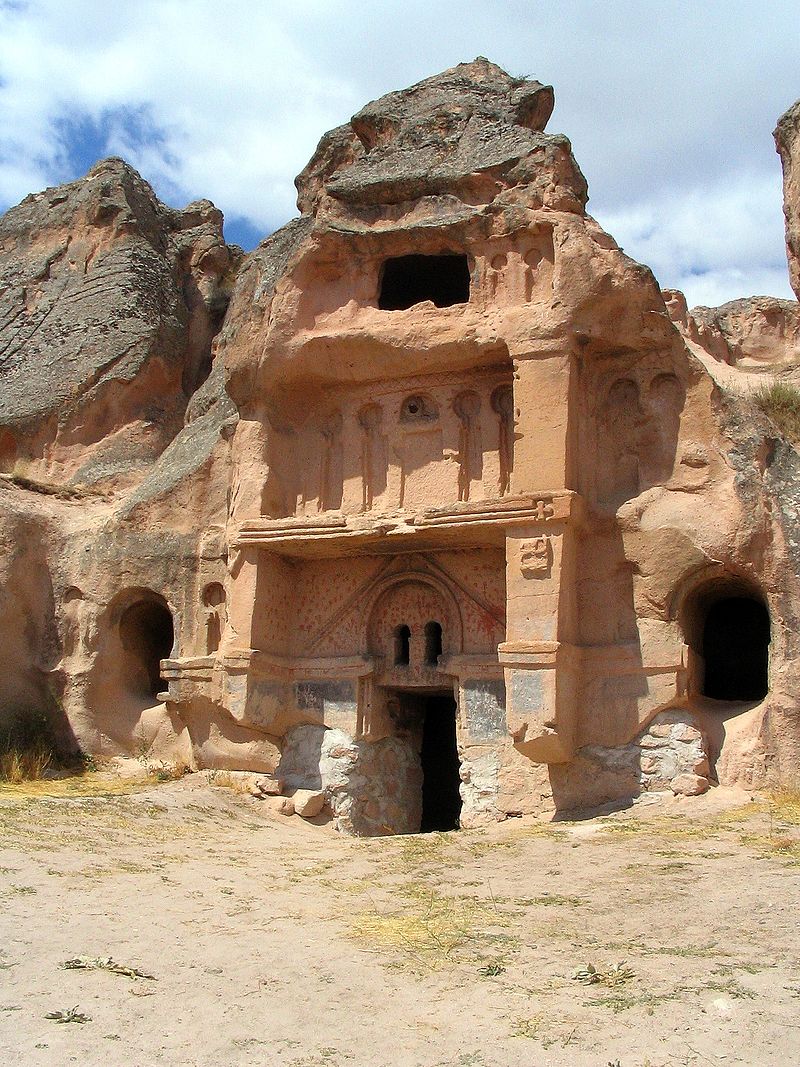
AsianOverland.net
Tour Guide - Itinerary
Asian Overland Sydney to London
Started 22/06/2022 Finished 21/06/2023365 Days ITINERARY
Day 144 date 12/11/2022GOREME to KONYA, TURKIYE
ASIANOVERLAND.NET SYDNEY TO LONDON DAY 144/56: KAYSERI TO KONYA, TURKIYE
12 November, 1980
On the eastbound overland, I was driving late at night on the Anatolian plateau with everyone else asleep in pitch black darkness with starlight only, at our maximum speed of about 48 miles per hour, when my bus Knackers suddenly increased speed down a steep ravine (yes, Knackers could do more than 50 miles per hour, going steeply downhill...).
I slammed on the brakes, only to find that my foot went flat to the floor, with no braking or slowing effect whatsoever. It was my first trip driving a double decker, so I had only recently learnt the double clutching gear change actions required to slow the speeding bus (no bus driving licences were ever even mentioned in my presence at Top Deck Travel). I went to neutral, hammered the accelerator, and finally managed to crash the gear box down from 5th to 4th gears, producing massive grinding and crunching gear box sounds …..... and a slowing effect as I veered around the steep corners. I then managed to crash the crunching gear box down to 3rd, … then second, and finally had the bus under control.
The brake drums were gone completely, so I had to telex London for new brake drums, which arrived at Ankara airport a week later. No real time was lost though, as we didn’t have Iranian visas anyway, and it took me a week to obtain Iranian visas for the punters (except the three Americans, who flew over Iran). The punters on that trip spent the whole week in Cappadocia, while I stayed in Ankara to hassle the Iranian embassy on an hourly basis, and await the brake drums.
Cappadocia is the critical crossroad area on an overland trip, as you can drive east from Kayseri past Mount Ararat to Tehran, all the way to Pakistan, provided you have visas and there is no war, as we did on our eastbound overland. If not, you travel south to Jerusalem, Petra and Aqaba. If you’ve already done all that, as we had, you can travel west to Konya and then through western Turkey to Europe (my original maps are pictured).
Following the Battle of Manzikert in 1071, Turkish clans under the leadership of the Seljuks began settling in Anatolia. With the rise of Turkish power, Anatolia slowly became Turkish.
The Seljuk Turks first raided Konya in 1069, but a period of chaos overwhelmed Anatolia after the Seljuk victory in the Battle of Manzikert in 1071, and the Norman mercenary leader Roussel de Bailleul rose in revolt. The city was finally conquered by the Seljuks in 1084. From 1097 to 1243, it was the capital of the Seljuk Sultanate of Rum. It was briefly occupied by the Crusaders in 1097, and 1190 after the Battle of Iconium (1190). The area was retaken from the Crusaders by the Turks, and has remained under Turkish control ever since.
Konya reached the height of its wealth and influence in the second half of the 12th century when the Seljuk sultans of Rum also subdued the Anatolian beyliks to their east, establishing their rule over virtually all of eastern Anatolia, as well as acquiring several port towns along the Mediterranean (including Alanya) and the Black Sea, and even gaining a momentary foothold in Crimea. This golden age lasted until the first decades of the 13th century.
Established in 1273, the Sufi Mevlevi Order and its Whirling Dervishes (pictured) are among the renowned symbols of Konya and Turkey.
© This work is copyright. Apart from any use permitted under the Copyright Act 1968, no part may be reproduced by any process, nor may any other exclusive right be exercised, without the permission of Peter Searle, peter@portseavillageresort.com; 1980-2024.
Website built by Justin O’Dea www.webdeveloperdocklands.com.au




